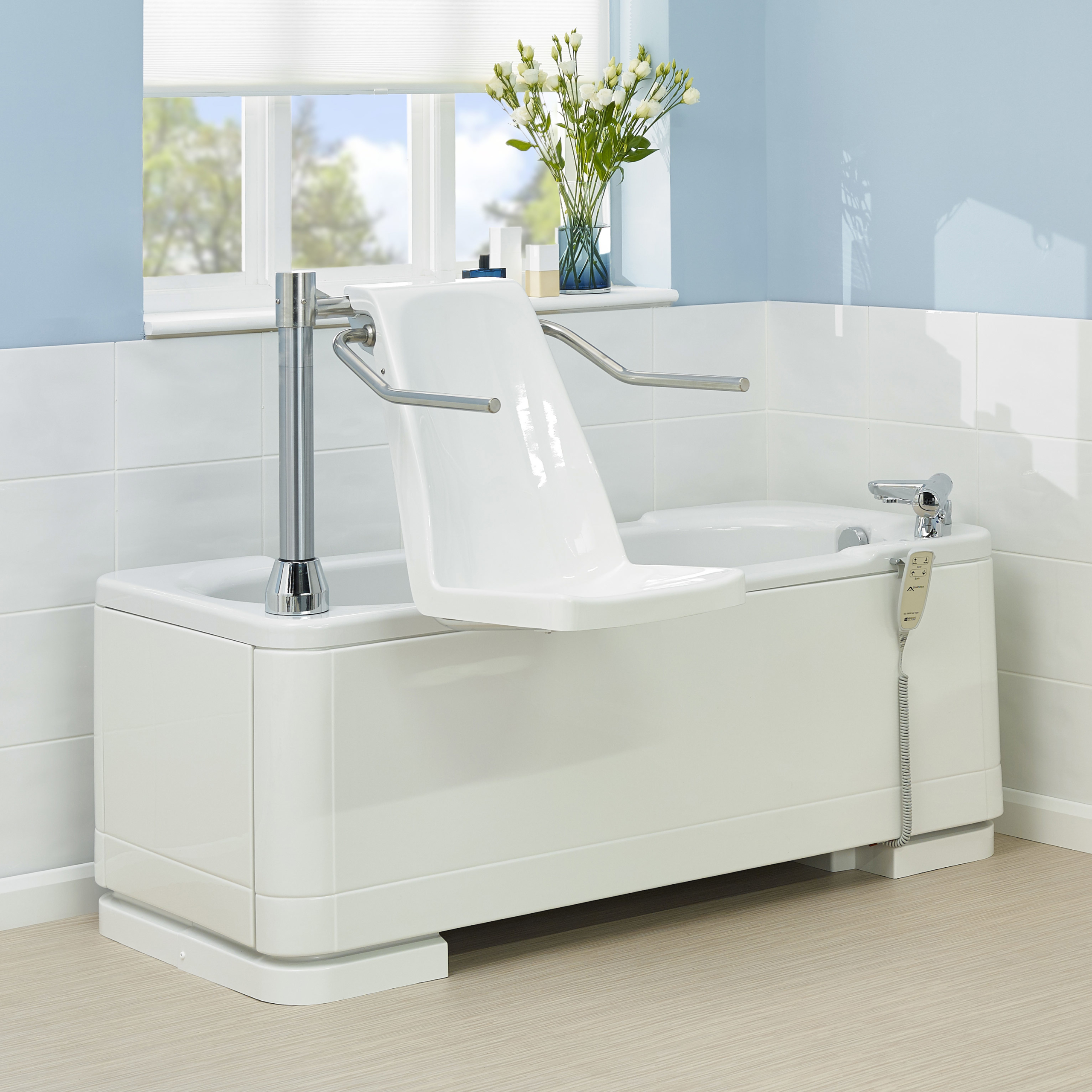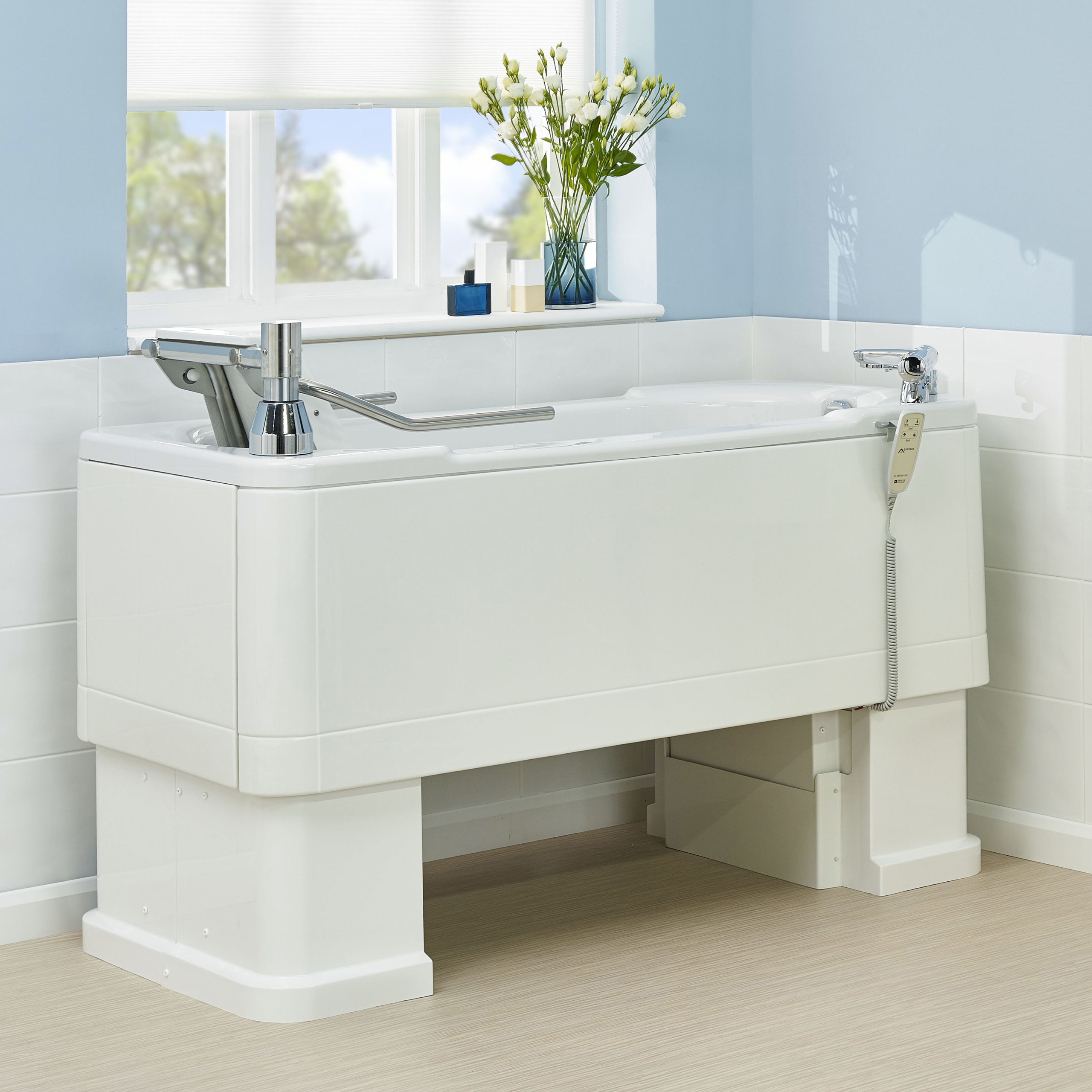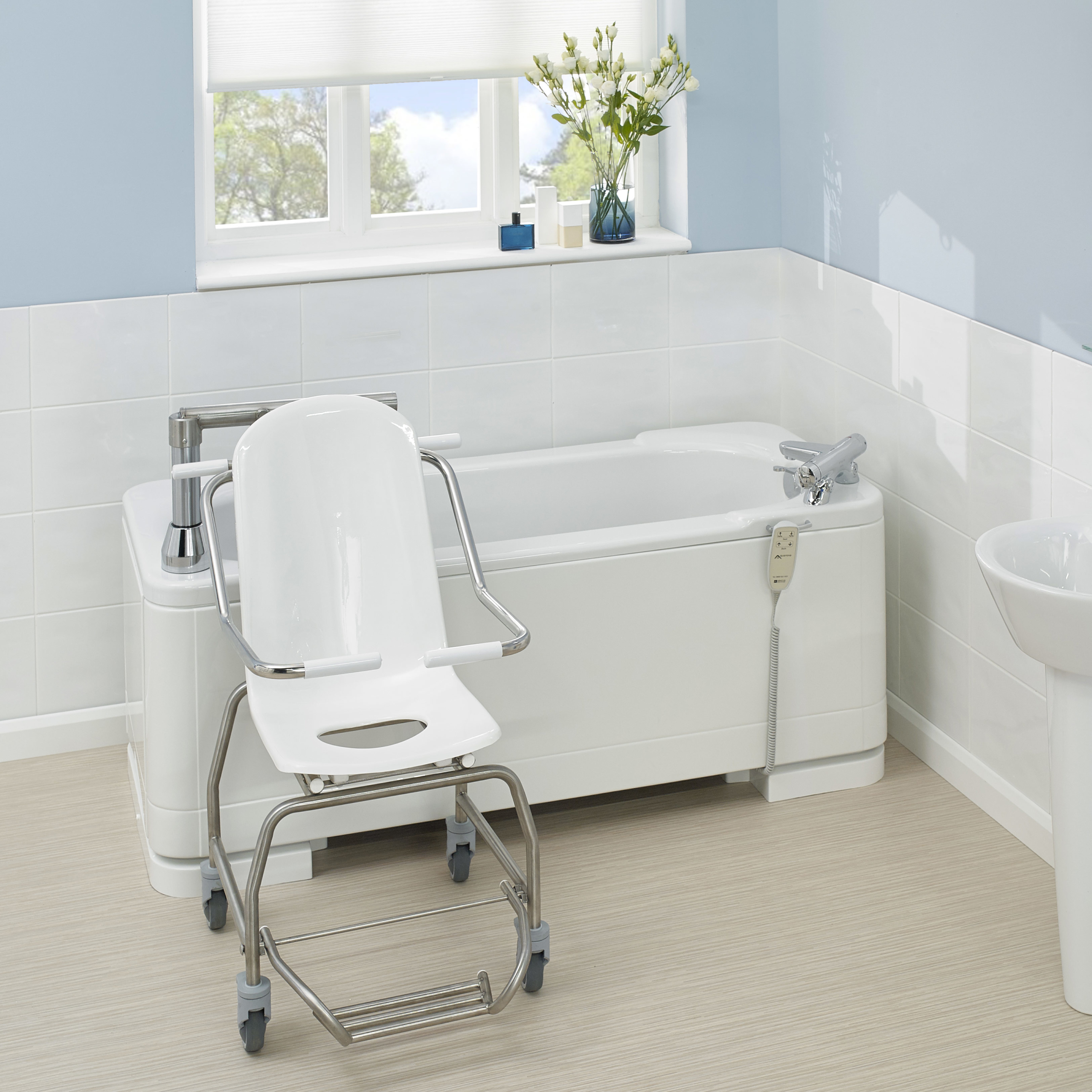Case study 3 – Application of The Social Model of Disability
Background
Sarah is a 45-year-old woman who lives with her partner in a small village, in a property that has been converted from 2 shops. As well as working full time in her role as CEO of a medium sized company, Sarah had spent several years lovingly renovating her property. The work was near completion when she was involved in an incident where she was knocked off her motorbike by a car. Sarah suffered life changing injuries as a result of the incident, including multiple fractures to both lower limbs. The decision was made that it was necessary for Sarah to undergo a bilateral lower limb amputation.
In addition, Sarah had acquired a traumatic brain injury and her ability to plan and undertake the simplest tasks had been affected. She had difficulties with executive function and her partner was having to assist with personal care tasks as well as food preparation and cooking.
Reviewing Sarah’s needs
Following inpatient rehabilitation and support from a multi-disciplinary team, Sarah subsequently had support from a case manager to involve an independent, specialist occupational therapist to review the property. Sarah was unable to access her garden, first floor, bedroom and kitchen as she was a full-time wheelchair user (although over time it was hoped she would eventually be able to use prosthetic limbs).
A comprehensive assessment of the property and Sarah’s abilities was undertaken by the occupational therapist and Sarah was supported to understand and plan for further major changes to her home. Sarah was understandably reluctant to adapt the property further as she had installed a free-standing roll top bath, spiral staircase to the first floor and kitchen with a range cooker. She was now unable to reach into a wash hand basin from her wheelchair, access the first floor and would be unable to access the bath as she had done prior to her injuries. Before the road traffic incident, Sarah had no medical diagnosis or contemplated that she would be unable to utilise her home as she had dreamed of for a number of years. She had renovated it based upon aesthetics and ideas she had gathered together on mood boards. However, the home was now mainly inaccessible and this, together with her executive functioning problems, affected her independence and placed additional strain on her partner who now had caring tasks to undertake.
Understanding barriers
The Social Model of Disability (Oliver, 2013) is often used in wider society to understand the barriers imposed upon disabled people which prevent them from engaging in occupation or accessing facilities or buildings. It is an antithesis of the Medical Model which looks at what is ‘wrong’ with a person and uses medical intervention to treat this. Conversely, the Social Model of Disability can be used by occupational therapists when assessing and evaluating a person’s home. The person is not seen as a ‘problem’ that needs changing, but the built environment is viewed as not being designed in such a way to enable a disabled person to access the same things non-disabled people can.
Redesigning her environment
The occupational therapist worked alongside an architect to redesign Sarah’s home to allow her access to her usual occupations: the things she needs to do, wants to do, or is expected to do (WFOT, 2012). The architect was able to share knowledge of the structure of the building, planning and building regulations and evaluate the feasibility of suggestions. The occupational therapist was skilled in understanding the function of the client, taking into account her wishes, as well as management of the barriers within the home environment. Together, they were able to design a scheme for the entire house that would afford Sarah the independence she craved and reduce the impact of her impairments on her everyday life.
Benefits of bathing
Sarah was keen to retain a bath within the property as she did not wish to use a shower chair and preferred to soak in a bath. As she was a full-time wheelchair user and would have to transfer without her prosthetic limbs (if and when they were issued), accessing the current free-standing bath was not possible to do safely. Sarah had tried a bath lift, however, the bath was in the centre of the room, it was not possible to provide rails and the wheelchair was too low to use a transfer board or transfer directly from wheelchair to the bath lift. Her partner would also have to adopt unfavourable postures in order to support Sarah or kneel on the floor to assist bathing.
Supportive bather transfer
The occupational therapist contacted a representative from Abacus and a joint visit to the property was undertaken. It was suggested that Sarah would benefit from a Scorpio bath which would allow her to independently transfer from her wheelchair to the power transfer seat. The seat is lowered outside of the bath and lifted over the bath side and subsequently lowered into the bath when it is already filled. The bath is able to be adjusted in height to suit a carer who is then able to assist without risk of injury. The bathroom was redesigned to have the bath against a wall which allowed more room for turning space for the wheelchair and additional space for a carer. The architect ensured there was power to the area where the bathroom was to be situated. In addition to the bath, sensor lights were installed which automatically came on when Sarah entered the room. A height adjustable basin allowed her to access the taps and bowl whilst in her wheelchair and a wash dry toilet (also provided by Abacus) allowed Sarah independence in toileting (as her executive function made toileting challenging).
The bath (along with the rest of the adaptations to the property) were funded from an interim payment Sarah’s solicitor had secured and the funds were being overseen by her case manager. Therefore, there was no requirement to involve statutory services or funding from any other source.
References
Oliver, M (2013). “The social model of disability: thirty years on”. Disability & Society. 28 (7): 1024–1026. doi:10.1080/09687599.2013.818773. S2CID 145557887.
World Federation of Occupational Therapy (2012) About Occupational Therapy retrieved from: https://www.wfot.org. Accessed on 01/11/2020

Hi-lo Scorpio power assisted bath with bather transfer seat


For bespoke CPD education or any queries,
call the Abacus Academy on:
01527 400024


